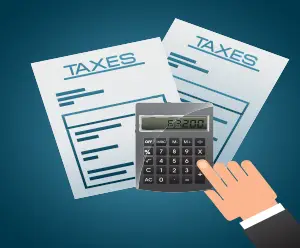
Understanding the IRS Substitute for Return
Click to ask Mike Ask Mike The Internal Revenue Service (IRS) Substitute for Return (SFR) is a term many taxpayers
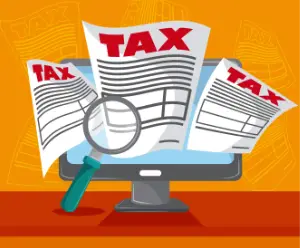
If you find yourself burdened by the weight of unfiled taxes spanning multiple years, taking decisive action to rectify the situation and align with the Internal Revenue Service (IRS) guidelines is imperative. Within the framework of IRS Policy Statement 5-133, which outlines procedures for delinquent returns and underscores the importance of compliance, specific considerations arise, particularly when individuals grapple with the challenges of addressing numerous past years.
According to IRS Policy Statement 5-133, taxpayers are generally advised to file six years of back tax returns to be considered in good standing. This guideline is a pivotal aspect of addressing delinquent returns, emphasizing the significance of adhering to filing obligations. Importantly, it is essential to note that this is an administrative guideline, not a legally binding statute of limitations.
In instances where individuals face more than six years of unfiled taxes, an important consideration comes to light. In certain circumstances, individuals may not be obligated to file all those years to maintain compliance. The IRS often encourages individuals in this situation to concentrate on filing the last six years as a practical strategy for effectively addressing delinquent returns.
Commence the process by meticulously collecting all necessary financial documents for the years you haven’t filed. This includes W-2s, 1099s, and any other relevant income or deduction records. A thorough gathering of information sets the foundation for the subsequent steps.
Adopt a systematic approach by commencing with the oldest tax year and progressing forward. Utilize the gathered information to prepare tax returns for each of the unfiled years. If the task seems overwhelming, consider enlisting the assistance of a tax professional to ensure accuracy and compliance.
Direct your efforts towards filing the last six years of tax returns, aligning with the general guideline provided by the IRS. This concentrated approach not only streamlines the process but also addresses the administrative expectations outlined in Policy Statement 5-133. Submit the completed returns to the IRS through appropriate channels, whether using online filing services or traditional mail.
Prepare to address any penalties or interest that may have accrued due to late filings. The IRS recognizes the importance of voluntary compliance and, in certain cases, offers penalty relief programs for individuals who proactively come forward to rectify their tax situation.
Establish open lines of communication with the IRS if difficulties arise in paying any taxes owed. The IRS is often willing to collaborate with taxpayers to establish payment plans or negotiate settlements. Honest and transparent communication can significantly contribute to resolving financial challenges.
Stay informed about evolving tax laws and regulations to ensure ongoing compliance. Consider consulting with a tax professional for personalized guidance based on your unique circumstances. A tax professional can provide invaluable insights and assistance in navigating the complexities of tax filings.
While the IRS generally encourages filing the last six years of returns, it is crucial to recognize that individual cases may vary. In certain situations, filing beyond this timeframe may not be obligatory for achieving compliance.
Taking proactive steps to address unfiled taxes is paramount to avoiding potential legal and financial consequences. By following a systematic and informed approach, you can navigate the process effectively, ensuring that you not only meet IRS expectations but also set the groundwork for continued compliance in the future.
You can now ask our AI assistant any questions you have about your tax debt or any tax-related issues. Whether you’re unsure about payment plans, need clarification on penalties, or want information on how to resolve your tax situation. Our AI is ready to assist you with all your tax-related concerns.
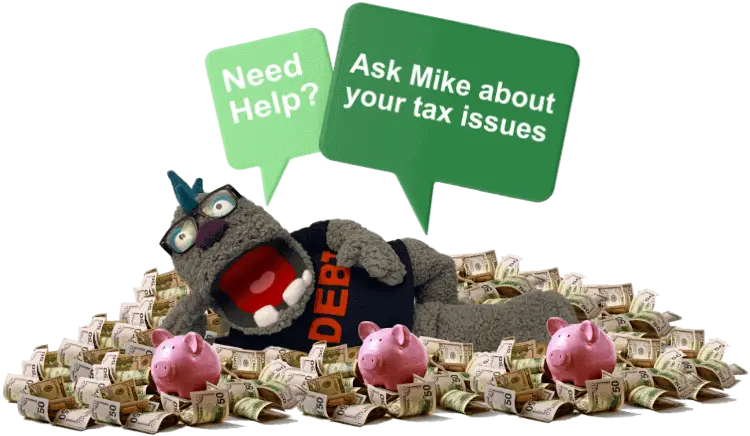
By interacting with our AI assistance, you agree to our terms & conditions. Enjoy our AI Tax Assistant responsibly.
Ask me any questions...
Related Posts

Click to ask Mike Ask Mike The Internal Revenue Service (IRS) Substitute for Return (SFR) is a term many taxpayers
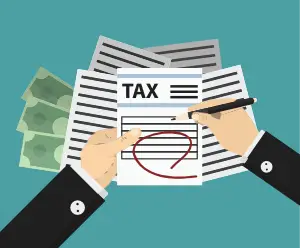
Click to ask Mike Ask Mike The Internal Revenue Service (IRS) Substitute for Return (SFR) is a term many taxpayers

Click to ask Mike Ask Mike The Internal Revenue Service typically operates within a 10-year window, commencing from the

Click to ask Mike Ask Mike The Internal Revenue Service (IRS) operates within specific timeframes dictated by statutes of limitations
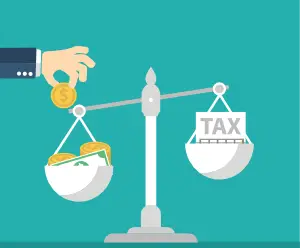
Click to ask Mike Ask Mike understanding the ins and outs of the 10-year statute of limitations (SOL) is essential.
Recent Posts

Click to ask Mike Ask Mike The Internal Revenue Service (IRS) Substitute for Return (SFR) is a term many taxpayers

Click to ask Mike Ask Mike The Internal Revenue Service (IRS) Substitute for Return (SFR) is a term many taxpayers

Click to ask Mike Ask Mike The Internal Revenue Service typically operates within a 10-year window, commencing from the

Click to ask Mike Ask Mike The Internal Revenue Service (IRS) operates within specific timeframes dictated by statutes of limitations

Click to ask Mike Ask Mike understanding the ins and outs of the 10-year statute of limitations (SOL) is essential.
Disclaimer: This is educational content, not legal, accounting, or tax advice.
This is a tax debt resource website, not to be used in lieu of a tax attorney or for legal advice. All information, Ai chat responses, articles, materials, and content are intended to inform users on a variety of tax topics. In no way is it intended to be construed as accounting, legal, tax, other services or advice. This site is not intended to be used to avoid tax penalties or tax debt that may be imposed by law. Terms and Conditions. Your use of this site constitutes acceptance of the following terms and conditions.
This is a tax debt resource website, not to be used in lieu of a tax attorney or for legal advice. All information, Ai chat responses, articles, materials, and content are intended to inform users on a variety of tax topics. In no way is it intended to be construed as accounting, legal, tax, other services or advice. This site is not intended to be used to avoid tax penalties or tax debt that may be imposed by law. Terms and Conditions. Your use of this site constitutes acceptance of the following terms and conditions.
© 2023 · Tax Debt Monster, Inc. All rights reserved

For all Tax Professionals that would like to partner up with us. By partnering with us, you’ll help us connect and make a positive impact in the tax community. Partner up with us and receive a complimentary Ai Tax Sidekick to help support your clients at no cost! Click here if you’re interested in our Partner-Up program

By interacting with our AI assistance, you agree to our terms & conditions. Enjoy our AI Tax Assistant responsibly.
How may I help you with your tax issue?